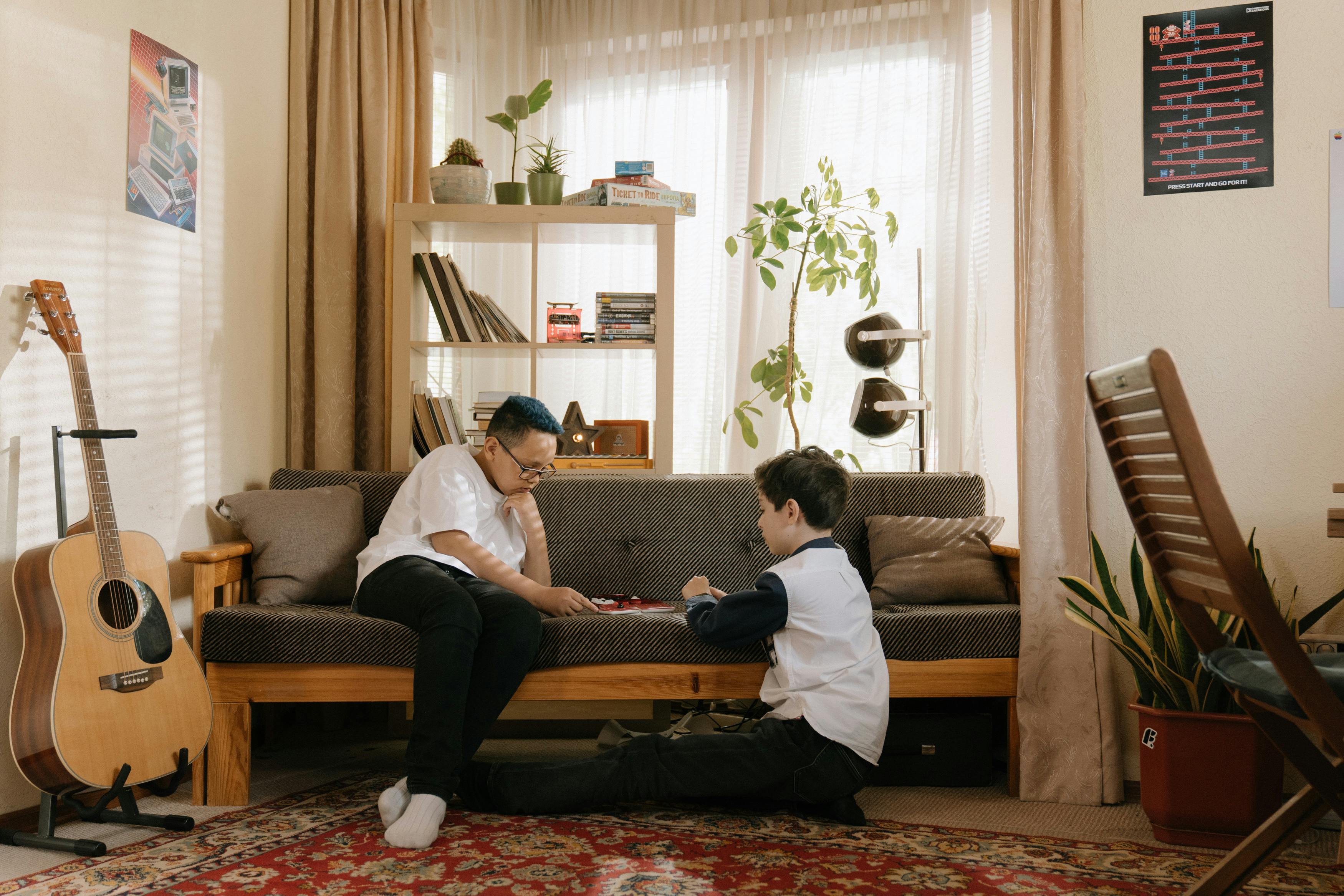On the 15th, he witnesses the final act of the cremation process. That day is generally called ‘Pathinaradiyanthram’, which can be translated as the ‘feast of the sixteenth day’. For this feast all the loved and close ones of the deceased gathered in the compound of his house and a good banquet was provided to all. Apart from family members, local people are also invited for this. This can be a small or a very large one; all this depends on the financial capacity of the deceased relatives.
With this pomp and spectacle, the cremation ceremony of a member of the ‘Valluvanad Nair family’ ends. Now just after a year, which is calculated on the ‘star’ (‘Nakshathram’ in the vernacular) of the day of death and not according to the modern calendar calculation, the annual day is observed and that is called ‘Srardham’. But for that only the near and dear ones available get together and do the ‘Kriyas’. During ‘Srardham’ day, special ‘Kriyas’ are performed on the premises of the house or on the aforementioned river beds. If family members wish, they can make some ‘Payasam’ (pudding) and dedicate it to ‘Almighty God’.
The ‘Srardhams’ are also indirectly connected to the cremation process and these days the first Srardham takes place in the river beds of locally famous temples such as the’ Thirunelli Temple ‘near’ Waynad ‘, the’ Thirunnawaya Temple ‘near’ Ponnani ‘or’ Perur Temple ‘near’ Coimbatore ‘. All of these temples are locally famous for performing the ‘Kriyas’, in connection with cremation. The general belief is that once this type of 1st Srardham is celebrated, there is no more need to repeatedly observe the ‘Srardhams’ every year!
I really don’t know if I have managed to narrate to you the general procedures related to cremation within the ‘Valluvanad Nair Community’. If you get at least some basic ideas on the subject while reading these articles, I’m really satisfied. Thus, there will be innumerable customs, manners and ways of behaving among the various sectors of the people within all of humanity. It will be really interesting, if someone brings out these kinds of different forms of customs and manners, for example the different forms of ‘cremation processes’ from all these sections together, in a book format. Let’s hope someday someone will!
I sincerely wish someone within this community can read this, so if there are any corrections or additions, I can add them!
I also sincerely hope that such descriptions of the various communities and groups of this ‘wide world’ will be translated into letters and if we have such a book, it will be really useful for all generations of today and tomorrow! Let’s hope someday someone will!


